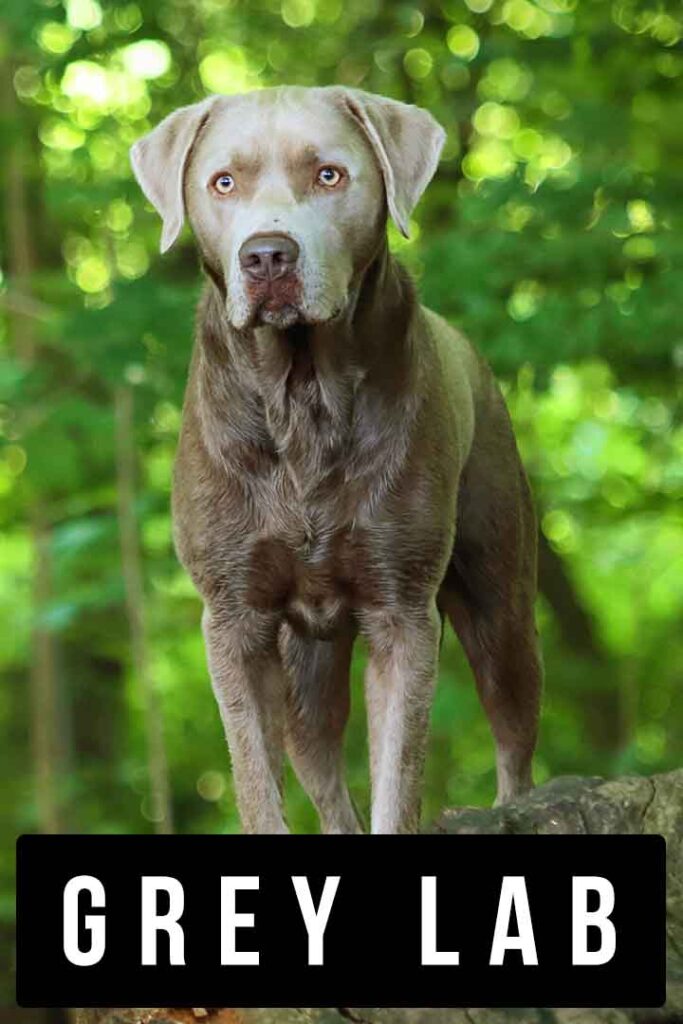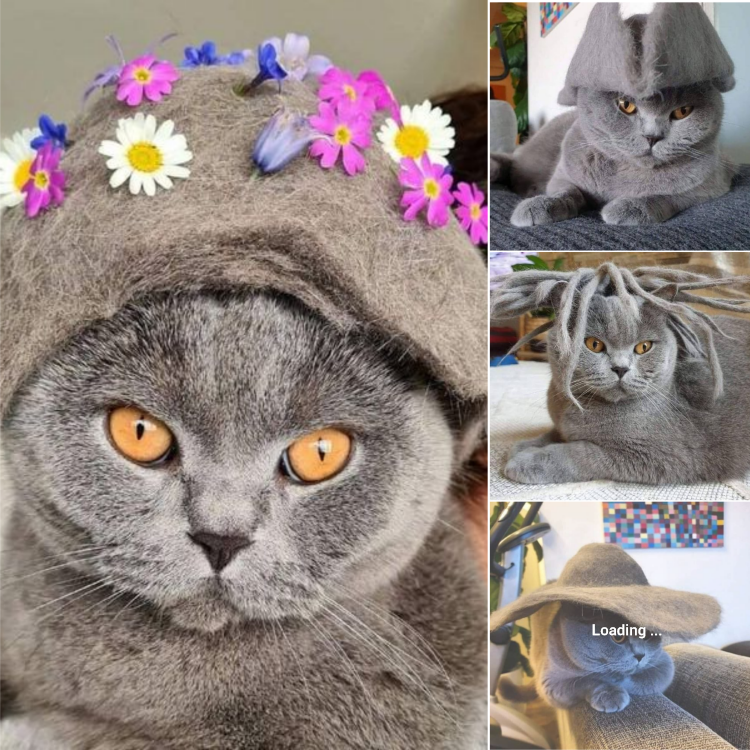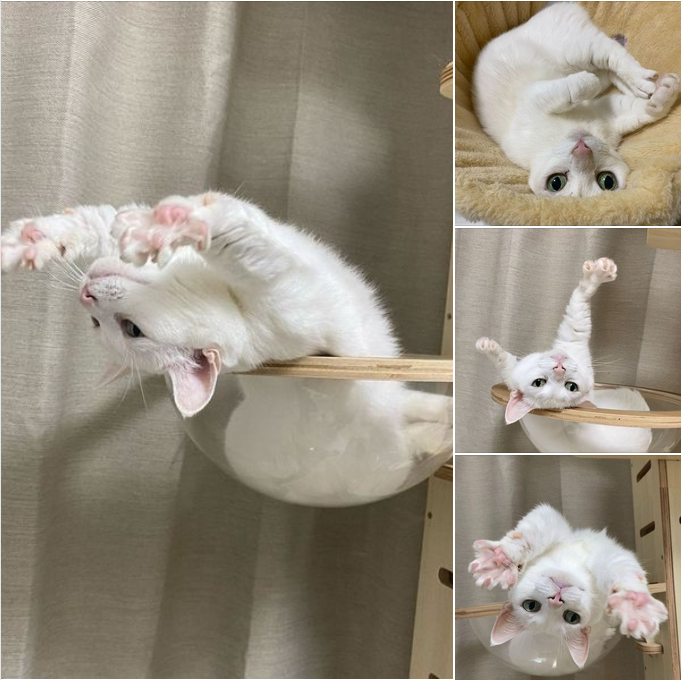The unique grey Labrador can come in various colors such as yellow, chocolate, or black. A grey Lab puppy may have a brown or black coat with a dilute gene, giving it a silver or charcoal grey appearance. On the other hand, an adult grey Labrador could be an older Labrador Retriever turning grey in their senior years. Let’s explore the different ways in which a grey Lab can acquire their stunning grey fur, whether it be through color mutations at birth or color loss due to aging. There are different variations of grey Labs, and the term “grey Lab” can mean different things to different people. Some see it as a silver or charcoal colored Lab, while others think of a senior Lab whose coat is losing color with age.
These adorable silver and charcoal Labrador puppies are born with their stunning grey coats, unlike other Labs that develop greyness as they age. Let’s delve deeper into what makes a grey Lab! When someone mentions a grey Labrador Retriever, they are usually referring to a black or chocolate Lab with a color dilution gene, giving their coat a charcoal or silver grey appearance. Some may also mistake a senior Lab, whose coat is losing pigmentation, as a grey Lab. The controversy surrounding grey Labs stems from their pedigree status. The American Kennel Club recognizes black, brown, and yellow as the standard Labrador colors. Charcoal and silver grey coats are variations of black and chocolate coats, caused by the dilute gene. This gene suppresses pigment production in hair follicles, resulting in a less saturated color. The inheritance of the dilute gene is recessive, meaning dogs need two copies – one from each parent – to express it. There are differing opinions among Lab breeders about the existence of the dilute gene in the Labrador population. Some believe it was always present at a low frequency, kept hidden due to selective breeding practices. Others argue that it was introduced later through outcrossing with breeds like Weimaraners. While the origin of the dilute gene remains a mystery, grey Labs with silver or charcoal coats can be registered with the AKC if they can prove their ancestry. However, they are not eligible to participate in AKC dog shows or working trials. Silver Labs, born with genes for a chocolate brown coat and the color dilution gene, exhibit a beautiful warm grey color. They may have lighter nose leather and paw pads, as well as green eyes. Their temperament aligns with that of a non-dilute chocolate Lab, known for being harder to train and more excitable. This behavior is likely due to the historical use of chocolate lines as non-working dogs, leading breeders to prioritize different traits.

In terms of health, silver Labs are susceptible to color dilution alopecia (CDA), which can result in bald patches on their coat due to hair follicle self-destruction. The exposed skin may also experience flaking and itchiness. While the hair loss is irreversible, veterinarians can provide medications to alleviate the itching and flaking. Additionally, chocolate Labradors are more prone to ear infections, eczema, and obesity compared to black and yellow Labs. They also have a shorter average lifespan. The color dilution gene in silver Lab puppies, which is based on chocolate, can lead to a shorter average lifespan compared to other grey Labrador dogs. On the other hand, charcoal Labs have genetic instructions for a black coat with color dilution, resulting in a deep, steely grey coat known as blue in other breeds. Charcoal Labradors have a similar temperament to black Labs – they are intelligent, active, and friendly with both dogs and people. Various factors like sex, neuter status, lineage, socialization, training, physical activity, and diet influence their temperament. Overall, the health of charcoal grey Labradors is generally better than that of silver Labs, but they are also susceptible to color dilution alopecia and other common health issues that Labradors face. Whether choosing a silver, charcoal, or any color Lab puppy, it is crucial to buy from a reputable breeder who uses health-tested parents. As Labradors age, it is common for them to experience a loss of pigmentation in their coat, leading to greying. This process varies among individuals, with some starting to show grey hairs from a young age. Grey Labradors, whether born grey or turning grey with age, may benefit from additional clothing to keep them warm, especially in inclement weather. In conclusion, grey Labradors come in various forms – from silver and charcoal puppies to aging senior Labs with greying coats. Share with us in the comments section below about the type of grey Lab you have. For more information on related topics, refer to the provided resources.



